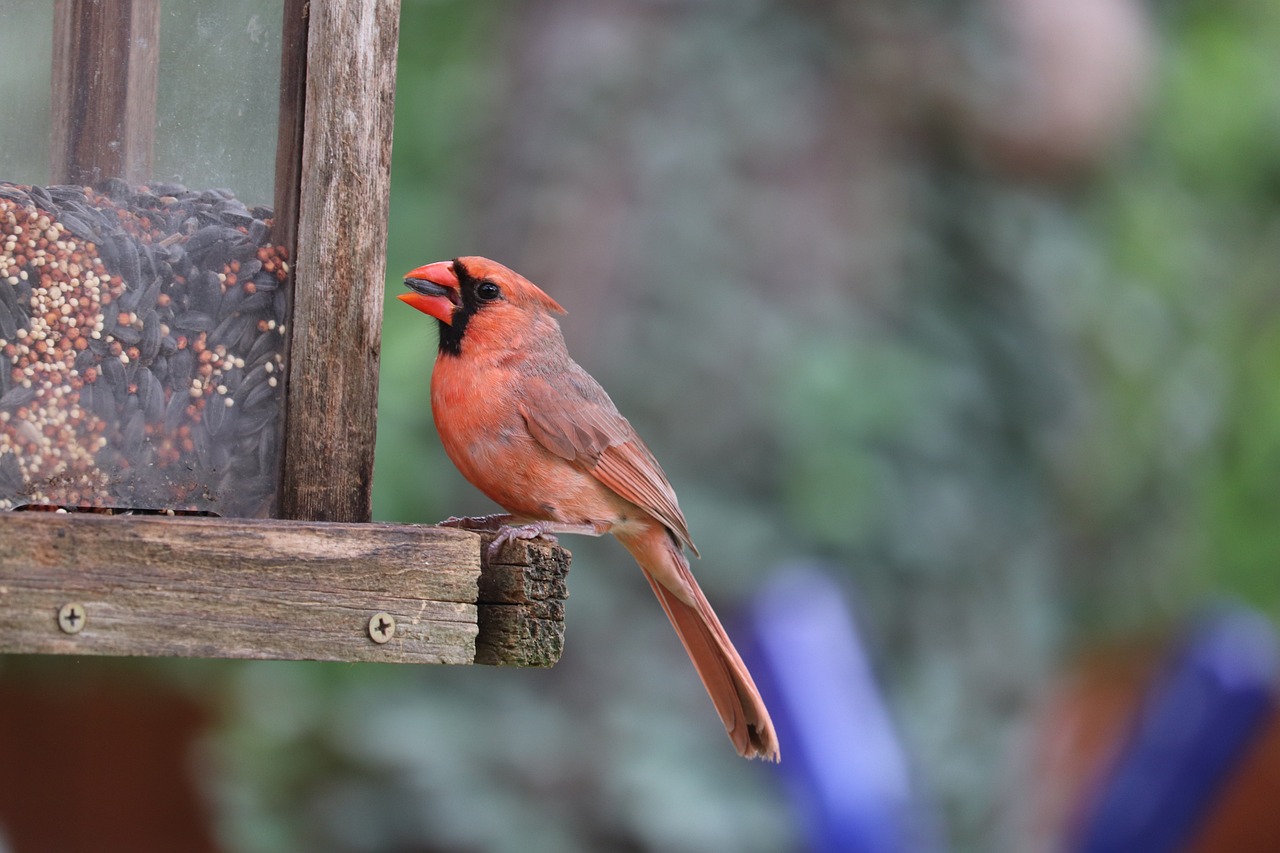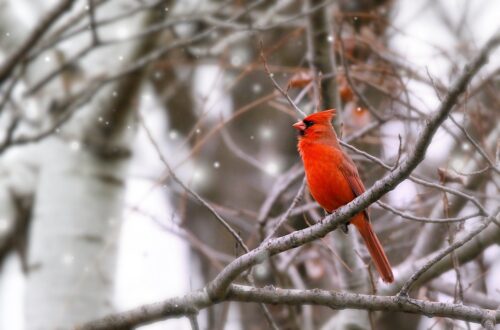Love crows? Learn how to attract crows and ravens to your yard with these quick tips!
Ravens and crows may have posed a problem for ol’ Edgar Allan Poe, but many bird enthusiasts love corvids. In fact, two of the most common questions I get when I give nature talks is: “How do I attract crows?” and “Will they bring me shiny gifts?” While I can’t guarantee crows will bring you anything other than their wonderful presence, I can pass along some of my favorite tips for attracting crows in this quick birding guide!
Affiliate disclosure: As an Amazon Associate, I may earn commissions from qualifying purchases.
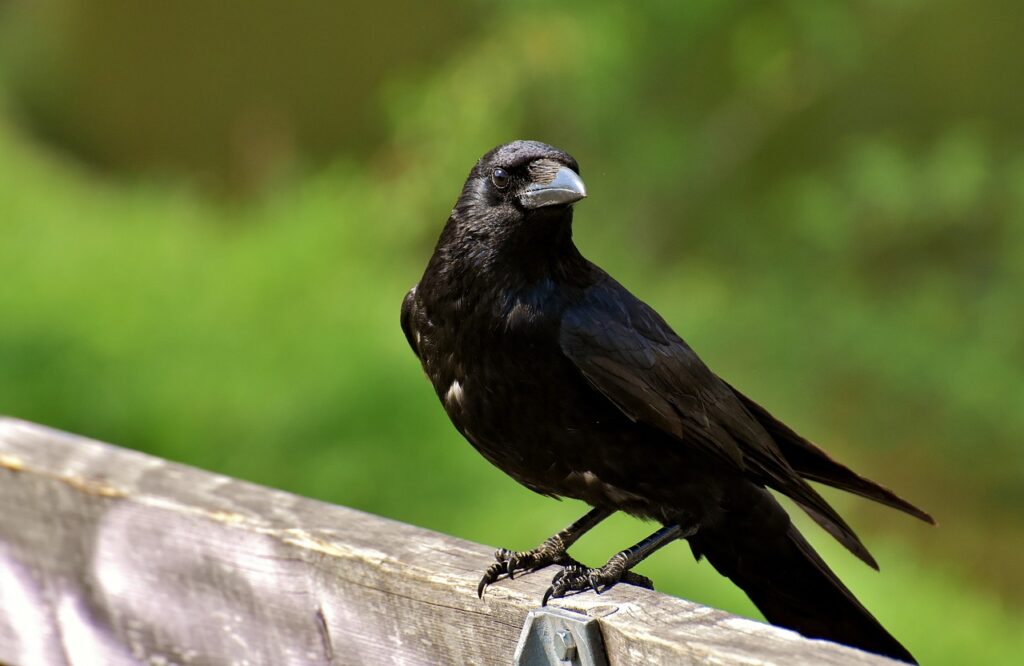
Why Attract Crows to Your Yard?
Crows, ravens and other corvids are some of the most intelligent animals around and they’re known to hold grudges (and they have favorite humans), recognize faces, and even use tools. Watching the playful antics of crows in your garden is plenty reason to want these fascinating birds to visit. But crows and ravens offer other benefits to outdoor spaces too!
- They are nature’s cleanup crew! Crows are omnivores by nature and they happily feed on carrion and old plant debris and will help to keep your yard tidy.
- They control garden pests. While crows and ravens love to eat seeds and nuts, they will also feast on pest insects and, sometimes, rodents. If pests are plaguing your garden, corvids may help!
- They deter predators. Crows don’t get along with hawks and they’re known to chase predatory birds out of gardens. If you happen to keep a flock of backyard chickens, luring crows to your yard is one way to make your property safer for hens.
- They might even bring you “gifts.” Scan YouTube and TikTok and you’ll find loads of videos of crows leaving gifts for their favorite people. If that isn’t a life goal, I don’t know what is!
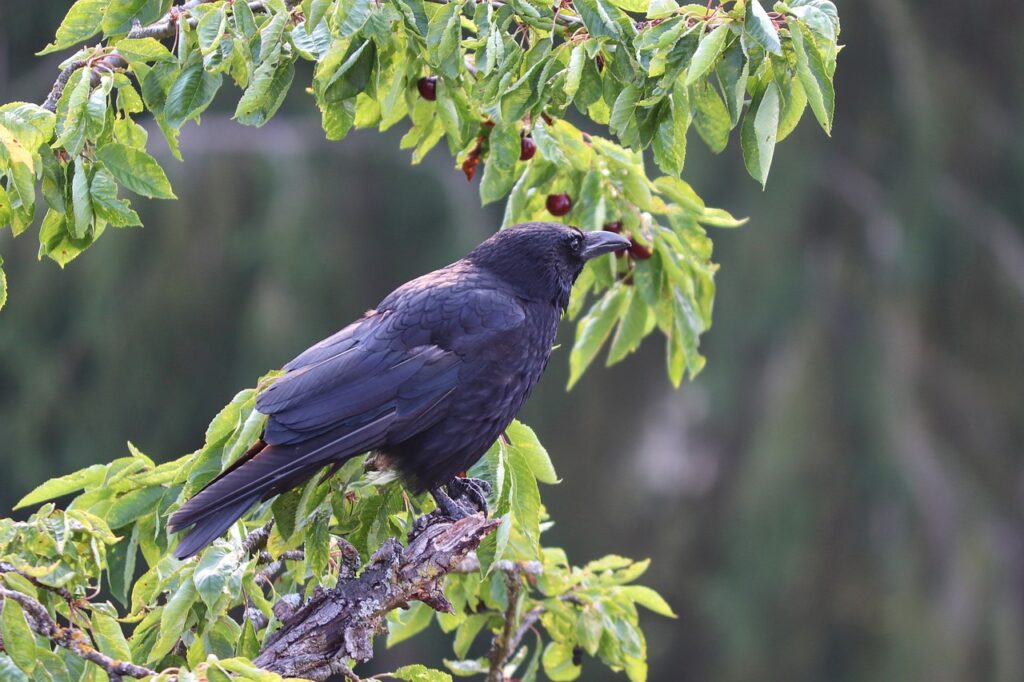
7 Tips for Attracting Crows and Ravens
I’ve written about attracting birds to backyard feeders before, but enticing crows and ravens to visit is a bit different. Corvids are much larger than songbirds, so they usually can’t feed from standard feeders. Plus they have different food preferences and can be a bit wary of people .
But although crows can be trickier to attract, there are a few easy steps that you can take to make your garden more appealing to these fascinating feathered friends…
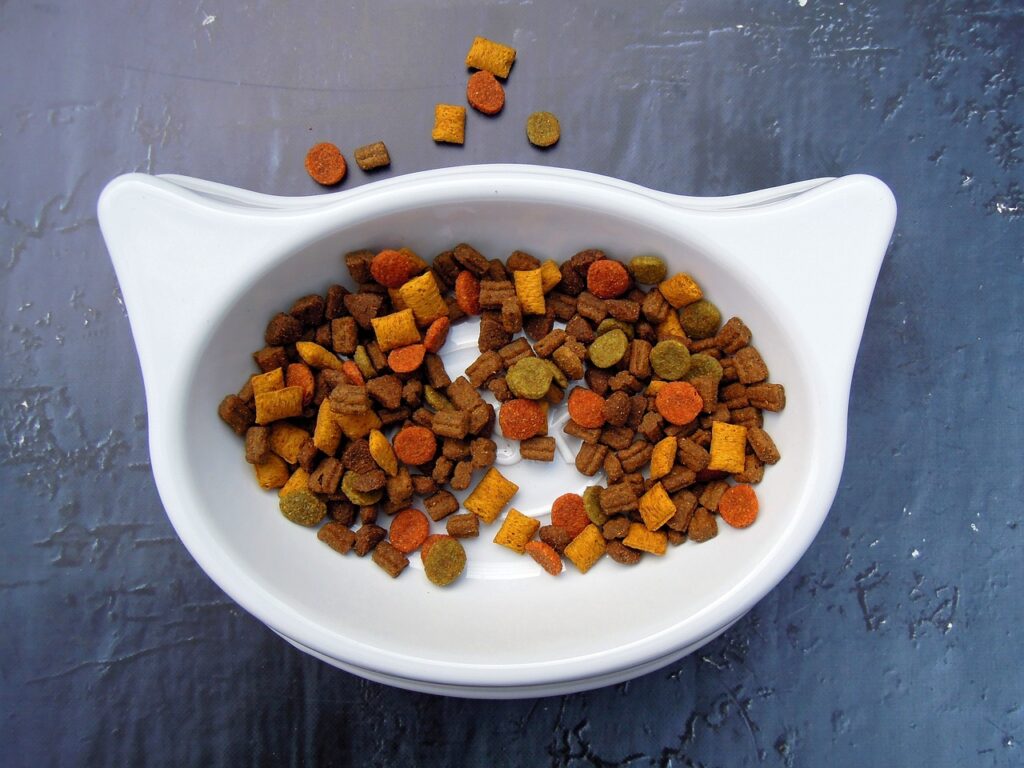
1. Offer the right foods.
In the wild, crows will eat just about anything, including insects, small frogs, seeds, berries and eggs. But if you’d like to entice crows to your yard, you’ll need to provide an assortment of crow foods. Whole, unsalted peanuts are one of the best foods for crows, but corvids also love cat and dog kibble, hard boiled eggs, suet, nuts, fruit (like apple pieces, grapes and blueberries) and meat scraps.
Crows are not picky eaters and they are also often attracted to compost piles (if this is a problem, you may want to cover your compost up with a lid). Just steer clear of feeding crows foods with refined sugar or lots of salt, avocados, beans, chocolate or caffeine, as these items can be toxic.
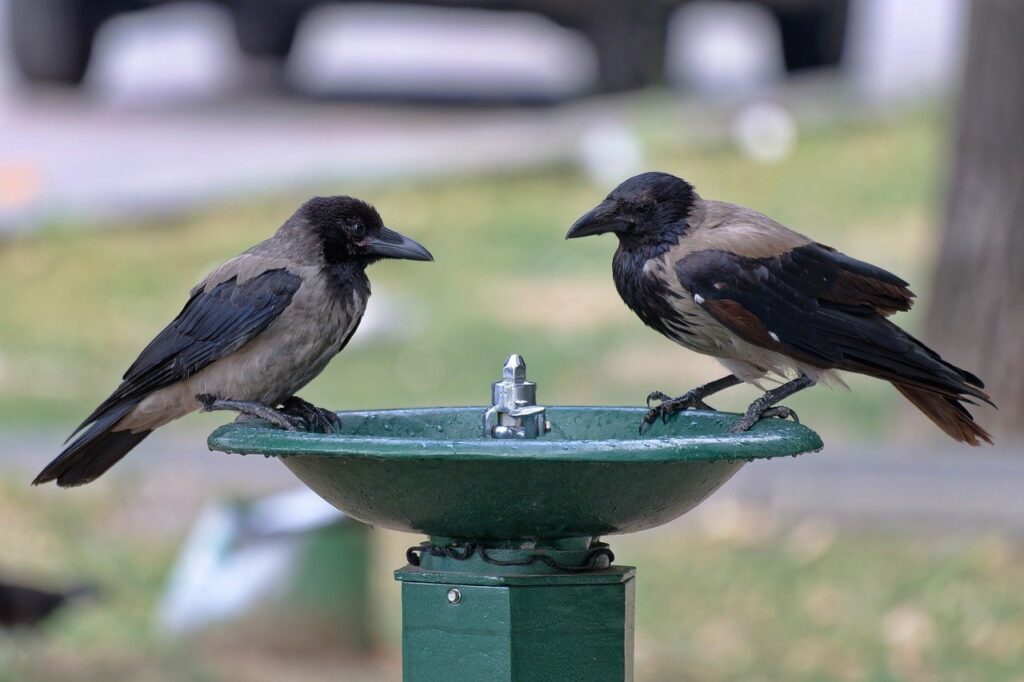
2. Add a water feature.
Like other birds, crows need access to clean, fresh water. So if you want more crows to visit, it’s a good idea to install a bird bath or two! Just make sure the bird bath you choose is wide and deep enough to accommodate large crows and ravens.
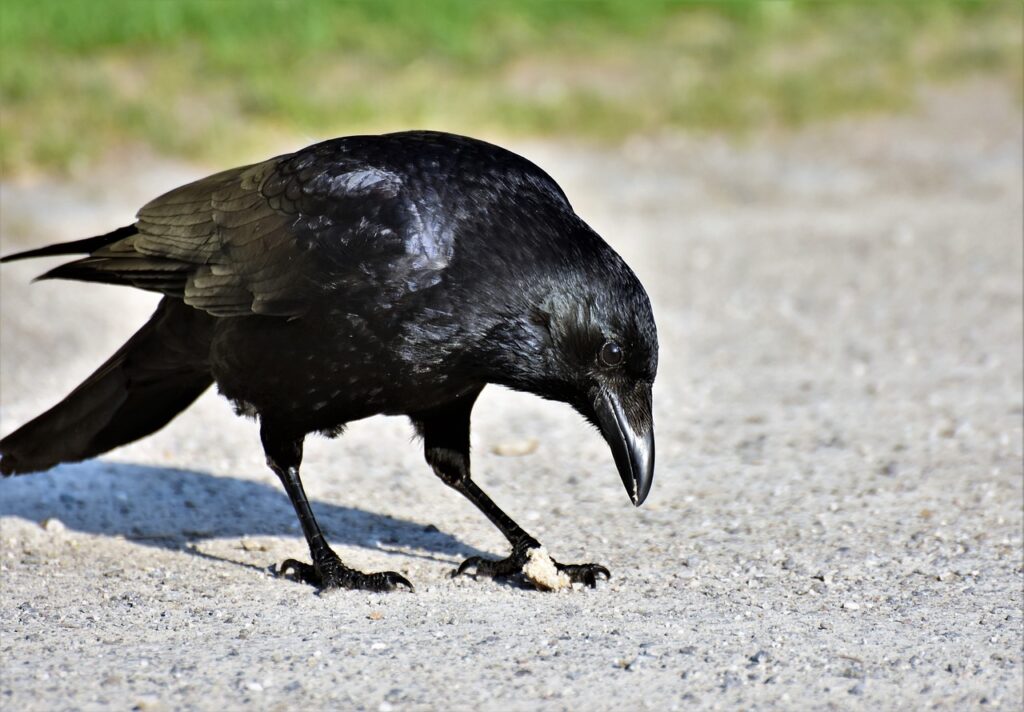
3. Feed crows on the ground.
Cardinals love eating from hopper feeders and finches can’t resist thistle feeders; however, crows are usually too big to dine at standard bird feeders. Instead, feed crows directly on the ground, or place their food in roomy platform feeders or an old bird bath. Displaying foods in a wide open space makes them easier for crows to spot from a distance as well.
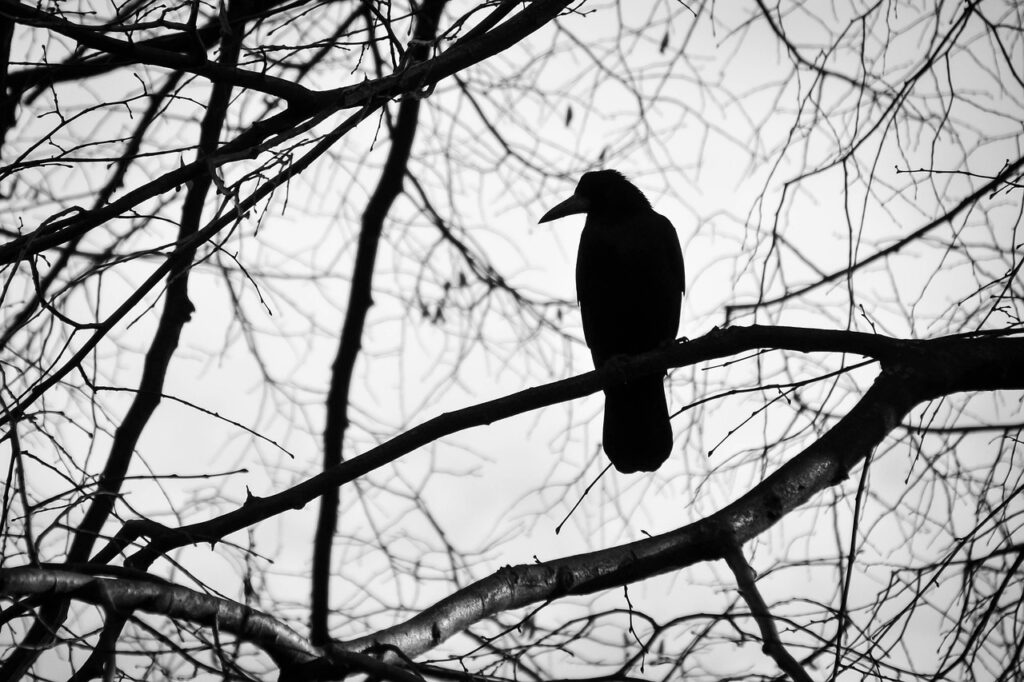
4. Install a roost.
Crows are highly social birds and they often roost together at night on telephone wires, tree branches, fences and other horizontal spaces. If you already have a nice roosting spot in your yard, there’s no need to install another one. However, if you don’t have any good horizontal areas for crows to rest in, you can make a simple crow roost by driving sturdy poles into the ground and connecting them with a crossbar.
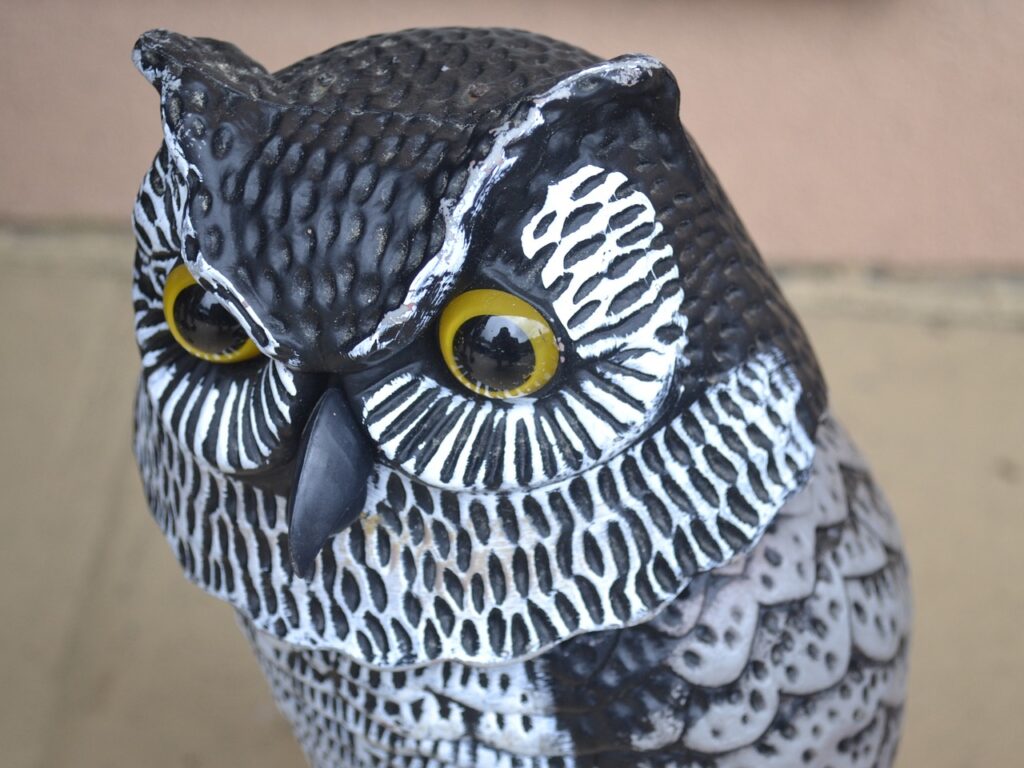
5. Eliminate deterrents.
Owl decoys and scarecrows can keep crows from visiting. But crows are also easily spooked by loud noises, flashing lights and reflective items that catch the sun…even a squeaky gate or a set of windchimes can deter crows! On the other hand, quiet garden spaces will help crows feel safe while they feed and will encourage them to stick around.
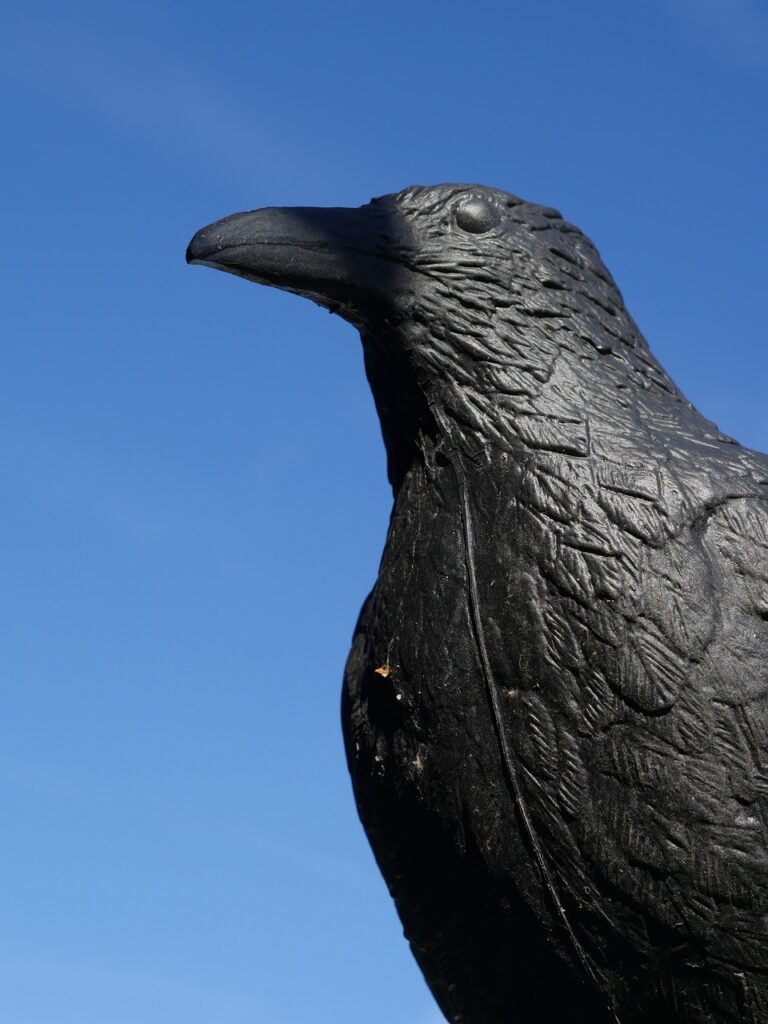
6. Experiment with crow calls and decoys.
While it sounds funny, you may also be able to use decoys or a crow call to attract crows. Just as crows like to roost together, they’re more likely to flock to gardens where they believe other crows are active. For best results, install at least at least 3 or 4 crow decoys around a bird bath or tree and ensure that at least one of the decoys moves for more realism!
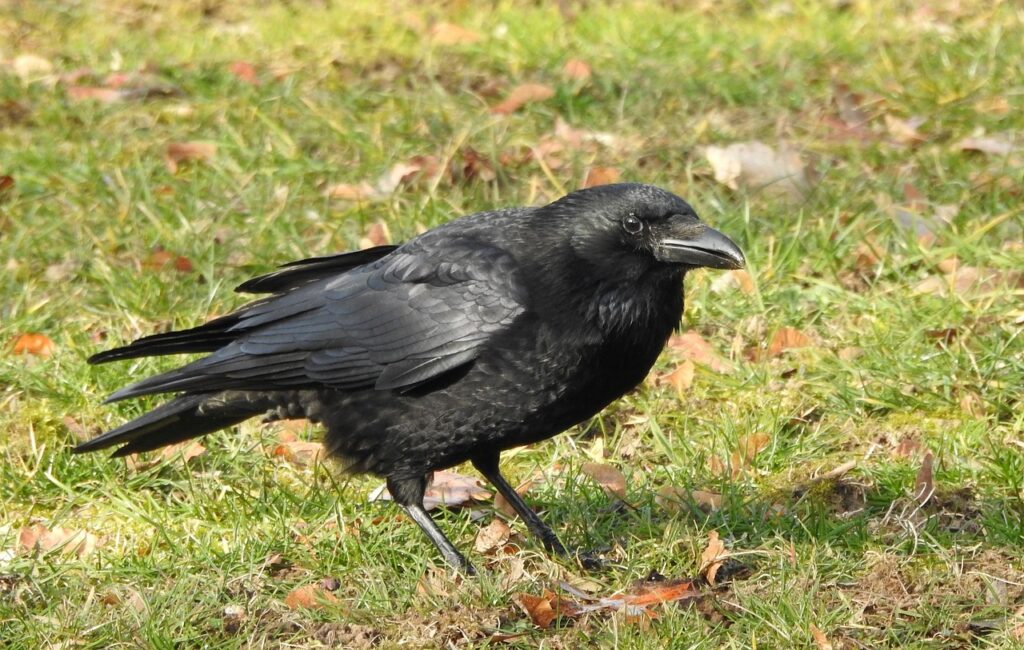
7. Be consistent.
Attracting crows can take a bit of time as these birds can be skittish, but if you stick to a routine and keep trying, crows will likely come to your garden eventually. To increase the chances that crows will visit, make sure to have food set out when crows are most active – in the early morning and late evening.
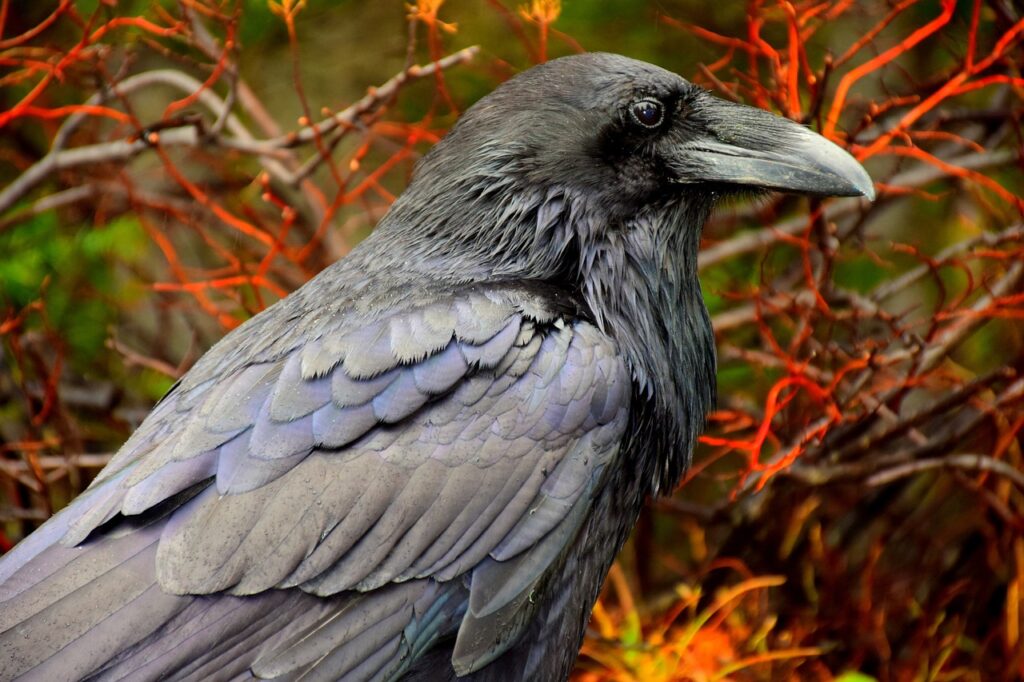
Frequently Asked Questions About Feeding Crows
How do you attract crows to feeders?
Crows are too large for most songbird feeders, but there’s no need to invest in a dedicated crow feeder. Instead, scatter crow foods directly on the ground, or offer them in oversized platform or ground feeders.
How do you get crows to bring you gifts?
Feeding crows regularly and making your garden a peaceful oasis for wildlife may entice crows to bring you gifts in thanks – such as small pieces of tile, coins or a bit of ribbon. But if crows trust you enough to visit your garden regularly, that can be a gift too!
What is the difference between crows and ravens?
Crows and ravens may look similar at first, but they do have a few key differences that can help you ID them. Crows are smaller than ravens and they have a slightly different beak and tail shape. Crows are also more likely to make a “cawing” sound, while ravens commonly “croak.”


